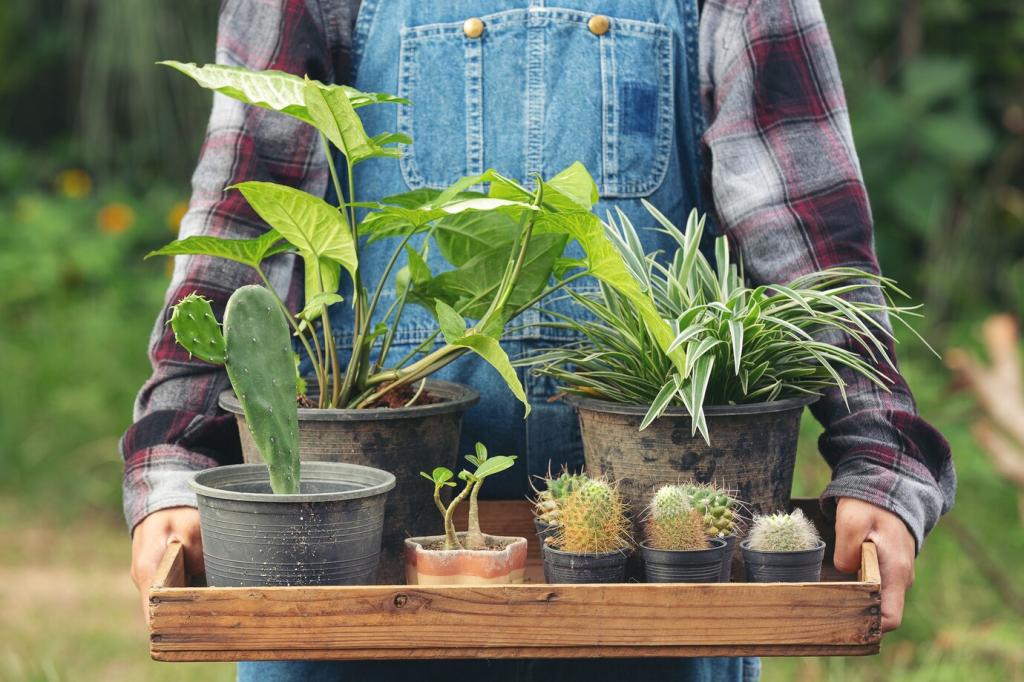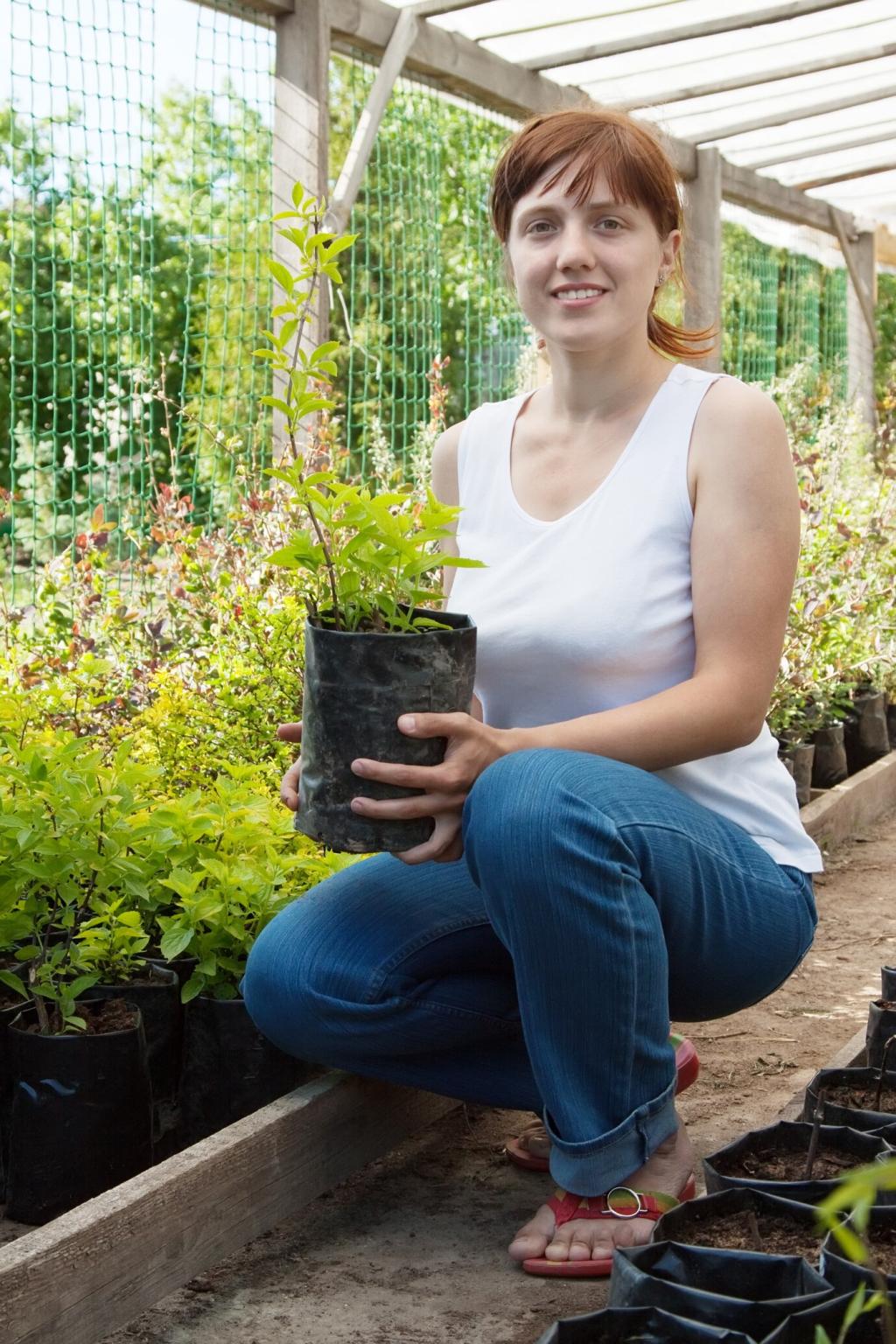Maximizing Space with Vertical Plant Displays
Choosing the Right Vertical Plant Display
Wall-Mounted Planters
Wall-mounted planters are an adaptable and cost-effective entryway into vertical gardening. Available in myriad shapes, sizes, and materials, they cater to different stylistic preferences and plant needs. Whether you drywall in an apartment or a brick accent wall in a commercial space, these planters attach securely, allowing for flexible arrangements and easy reconfiguration. They work equally well for cascading vines and compact succulents, instantly bringing life to otherwise barren walls. Regular maintenance is simple, and replacing plants is straightforward, making them perfect for renters or those new to vertical gardening.
Freestanding Green Walls
Freestanding green walls, also known as living walls or plant partitions, offer an impressive way to divide large spaces while adding natural beauty. Unlike fixed installations, these structures are often movable, enabling adaptability in evolving environments such as open-plan offices or flexible living areas. They can be composed of modular planters or hydroponic panels and support a wide variety of plant species. Freestanding green walls not only provide privacy and noise reduction but also create striking visual impact, serving as both a functional and decorative element.
Trellises and Climbers
Trellises are classic components of vertical displays that enable climbing plants to ascend and cover fences, walls, or even standalone frames. They are especially effective outdoors, where species like ivy, jasmine, and clematis can thrive, but smaller indoor climbers are gaining popularity as well. The trellis structure encourages upward growth, training vines to spread in desired directions and creating lush greenery without sacrificing ground space. By carefully selecting and positioning trellises, you can craft living tapestries and fill empty airspace with color, texture, and fragrance.
Low-Light Tolerant Choices
For spaces with minimal natural light, opting for shade-loving plants is essential. Species like pothos, ferns, and snake plants are renowned for their robustness in low-light conditions and are well-suited for indoor vertical walls. Their lush foliage adds vibrancy while requiring relatively little sunlight, making them perfect for offices, hallways, or shaded balconies. These adaptable species can help maintain healthy air quality, reduce stress, and offer soothing visuals, proving that even dim corners can support flourishing vertical gardens.
Drought-Resistant Options
When maintenance time or water availability is a concern, drought-tolerant plants such as succulents, cacti, and certain varieties of herbs excel in vertical displays. Their thick leaves and stems are designed to store water, enabling them to survive with infrequent watering. These resilient species are especially advantageous for installations exposed to direct sunlight or irregular attention. Their sculptural forms and varied hues introduce artistic flair to vertical arrangements, ensuring enduring beauty with minimal effort—ideal for busy lifestyles or beginner gardeners.

Environmental Benefits of Going Vertical
Improved Air Quality
Living plant walls act as natural air purifiers, capturing dust, toxins, and airborne pollutants while releasing oxygen. Their presence inside homes and offices can result in measurable improvements in air quality, promoting overall well-being and clarity of mind. Indoor plants also help regulate humidity, reducing respiratory discomfort and the spread of illness. The cumulative effect transforms stressful, stagnant environments into energizing, restorative spaces where inhabitants feel more comfortable and productive.
Temperature Regulation and Insulation
Green walls and trellised exteriors have been shown to moderate temperature extremes, providing natural insulation for buildings. Plants absorb and reflect sunlight, reducing heat gain in the summer and retaining warmth in the winter. This natural temperature regulation lowers reliance on mechanical heating and cooling systems, reducing energy consumption and utility bills. The additional layer of vegetation helps buffer noise from outside, fostering a quieter, more comfortable indoor atmosphere for both homes and workplaces.
Enhanced Biodiversity
By offering vertical habitat, these displays encourage the presence of beneficial insects, pollinators, and urban wildlife. Flowering and fruit-bearing species support bees, butterflies, and birds, integrating natural ecosystems into human spaces. Even small vertical gardens on city balconies can make a meaningful difference, acting as vital stepping stones in otherwise fragmented landscapes. Embracing vertical planting not only benefits your immediate surroundings but also contributes to greater ecological resilience in urban areas.
Vertical Displays for Every Setting
Home Interiors and Apartments
Inside the home, vertical plant displays introduce life and freshness without encroaching on valuable living space. Entryways, kitchens, bathrooms, and living rooms all benefit from the inclusion of living greenery, which fosters a welcoming and healthy atmosphere. For apartment dwellers, wall-mounted gardens and vertical herb racks provide a chance to personalize small spaces, making them more lively and comfortable. Integrating these displays can also reflect personal style, from minimalist arrangements to exuberant jungles.
Offices and Commercial Spaces
Businesses are increasingly recognizing the benefits of introducing plant life into the workplace. Vertical displays create impressive visual statements in reception areas, encourage relaxation in break rooms, and enhance collaborative spaces with natural energy. In work environments, they help reduce noise, boost morale, and even improve productivity, making them a valuable asset for both employees and clients. Retailers and restaurants can use vertical plant features to develop brand identity and provide memorable experiences for patrons.
Outdoor Patios and Public Spaces
Beyond interiors, vertical plant systems excel in courtyards, terraces, and public areas, where they can soften hardscapes and provide privacy screens. In urban parks or plazas, living walls help create green oases that invite community interaction and relaxation. Outdoor vertical installations can also support urban farming and community gardening efforts, maximizing yield on limited land. Their adaptability to different climates and uses demonstrates their potential as transformative tools in reshaping city landscapes and civic spaces.
Maintenance and Long-Term Success
The vertical orientation of these displays often means that water and nutrients may drain quickly, making consistent irrigation crucial. Depending on the system, hand watering, drip irrigation, or self-watering reservoirs can be employed to maintain optimal moisture levels. Fertilization schedules should be tailored to the mix of plants, with slow-release formulas or periodic liquid feedings supporting robust growth. Paying close attention to signs of over- or under-watering ensures that each plant can thrive in its unique microenvironment.

